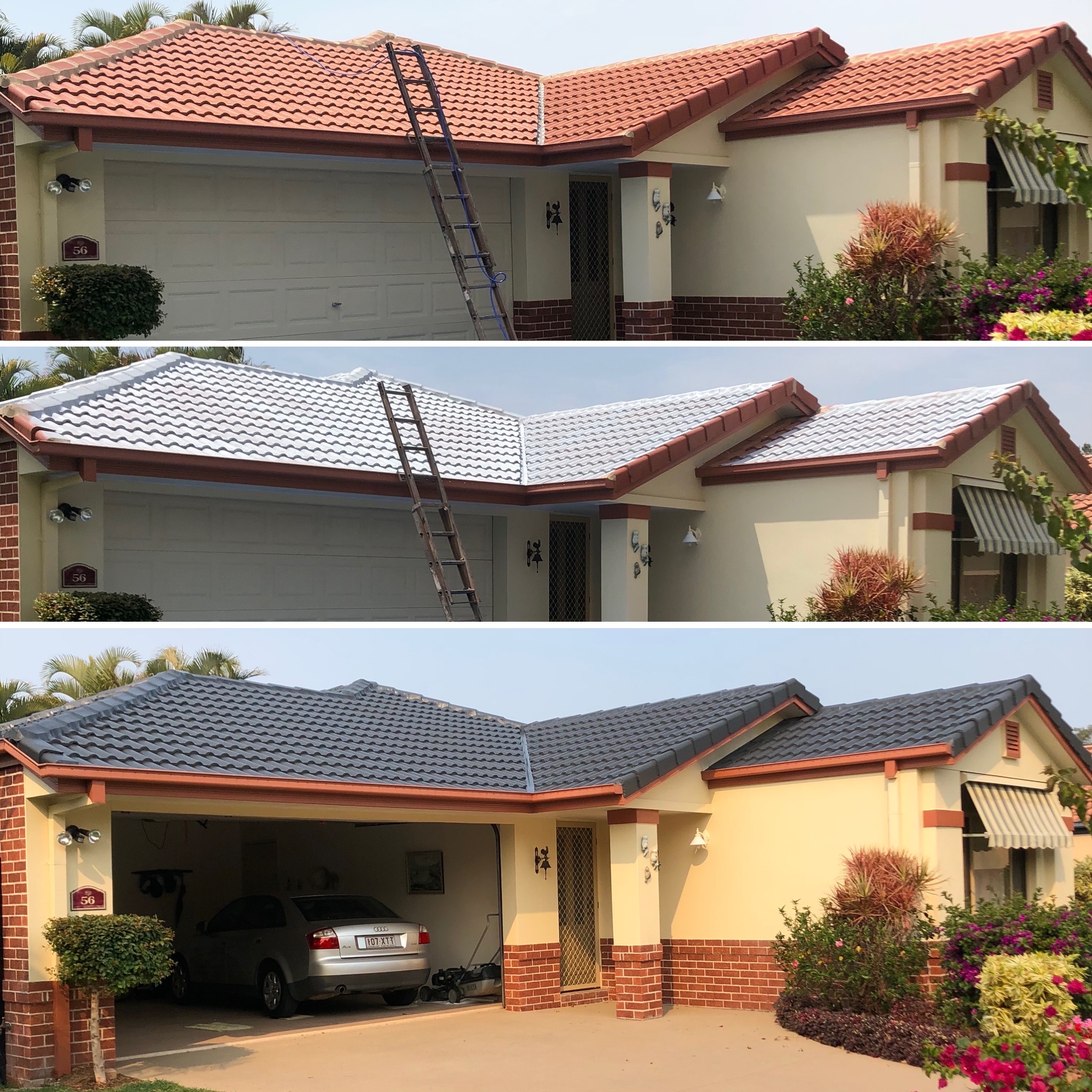Our Tips & Advice For Staying Hydrated During Summer
Drinking plenty of water is vital for workers working in hot indoor work environments.
All humans need to drink more water when working in a hot environment – indoors or outdoors and regardless of how active we are. Cold water is the recommended fluid to drink in the hottest environment because it’s the best liquid for hydrating the body.
Business owners must provide clean drinking water for workers that is free of charge, located near each work area and available to drink at all times (not just during lunch or smoko breaks).
Make sure the drinking water is :
- is cold, so far as is reasonably practicable positioned where it can be easily used by workers
- Near to where hot or hard work is being undertaken to reduce the chances of exposure to heat-related illness
- Based not near toilet or washing facilities to avoid contamination of the drinking water.
While working hard or at a high rate in heat stress conditions employees should consume around 200 ml every 20 minutes. This approach may not be practical due to the nature of the task, eg wearing PPE that restricts the ability to drink or working in industries where hygiene requirements prevent the consumption of food or drink. In these circumstances, an alternative approach is drinking 500 ml of water per hour before work commences and encouraging the drinking of 500 ml of water during their break periods.
Some other common effects of working in heat include :
−Heat skin rashes. The Skin can become irritated and cause discomfort when working in heat.
−Heat related cramps. Your Muscles can cramp as a result of heavy sweating without replacing salt and electrolytes.
−Fainting. This can occur when workers stand or rise from a sitting position.
−Dehydration. With more sweating can lead to dehydration if workers aren’t drinking enough water.
−Heat exhaustion. This happens when the body is working too hard to stay cool.
−Heat stroke. Heat exhaust occurs when the body can no longer cool itself. This can be critical.
−Skin Burns. May occur if a worker comes into contact with hot surfaces or tools.
−Slips in the Workplace. Workers may sweat more in hot conditions which can increase the risk of slips – for example, a worker might slip when using sharp tools if their hands are damp.
−Reduced mind concentration. While working in very hot conditions it is more difficult to concentrate and a worker may become upset. This means workers may be more likely to make mistakes, such as forgetting to watch machinery.
−Increased chemical uptake into the body. Heat can cause the body to absorb chemicals differently and can increase the side effects of some medications.
Queensland is known for its hot weather, the sun in summers attracts lots of visitors. With heaps of natural spaces to explore, beaches and the bush and outback.
Understanding what body dehydration is, how to know if you are dehydrated and how to treat and prevent dehydration will help you enjoy your workplace safely.
What is dehydration?
Dehydration happens when the body loses too much water. Your body loses water by sweating, going to the toilet and by breathing out tiny water particles when you exhale.
Normally, you’re easily able to replace this water by drinking more and by eating it in food. Dehydration happens when water is not replaced quickly enough to make up for water that is lost by sweating during high temperatures.



Join the discussion One Comment